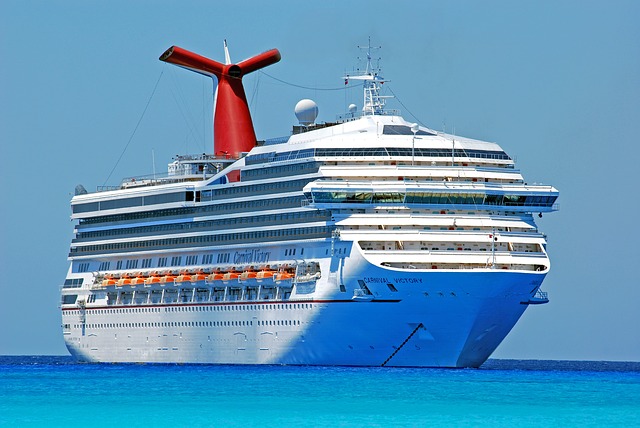There is appeal in taking a cruise or water excursion. For around 20 million people each year, a cruise is the perfect way to kick back and relax. Like any form of travel or transportation, taking a cruise is not without some risk. The most common risks of cruise ship injury are slip and falls.
While no one embarks on a cruise or water excursion with the idea that they might be injured, there is much to be said for preparedness. Take time to understand the risks of slip and fall accidents before buying your cruise tickets.
The Risks of Slip and Fall Accidents on Vessels
Slip and fall accidents are unfortunately common on cruise ships, boat excursions, and even along docks. There are several reasons why slip and fall accidents are common on vessels. Some of them are inherent to the environment, while others may be the result of poor planning or maintenance.
The risks of slip and fall accidents on vessels include:
- Vessels of all sizes have sleek, smooth surfaces that are slippery when they become wet.
- Corrosion from salt water and sea spray can cause water to pool on walkways.
- On many vessels, passengers are allowed to eat and drink, which poses the risk of spilled drinks or dropped food.
- Vessels that are equipped with a swimming pool have the risk of passengers tracking water onto walkways and decks.
- If passengers are swimming off of a vessel, then water can be tracked onboard.
- Dim lighting is a risk on many vessels, especially at night on deck.
- Weather conditions impact safety risks, including slip and fall risk due to standing water and poor visibility.
- Vessels that are not properly maintained may have loose decking or railing.
- Vessels that are not properly maintained may not be equipped with non-skid mats or surfaces.
Risks Directly Related to Passengers or Crew Members
Risks of slip and fall accidents that directly relate to passengers or crew members include:
- Crew members and passengers may “horse play” on decks or near railings.
- Crew members and passengers may consume alcohol or drugs (illegal or prescription), which can cause instability or reckless behavior.
- In an effort to take selfies, passengers may stand on decks, railings, or tables.
Risks of Slipping and Falling Not Limited to Open Water
The risks of a slip and fall accident while on a vessel are not limited to the time spent on open water. These risks are also present while at port, or while stopped for excursions. Any of these risks can be amplified when there are poor weather conditions, heavy surf, or a poorly maintained vessel.
Before taking any kind of cruise, remember the old adage “safety first.” Use good common sense and behavior onboard any size vessel. Always follow safety rules posted or handed out. Listen to any safety drills or instructions, and make sure you know where life-jackets are located.
While you cannot control factors like maintenance or the behavior of others, being prepared and understanding the risks can help you stay safe while enjoying time on the water.
Sources:
Vacationers and Passengers on Cruise Ships
Could I Fall Overboard During My Cruise?
Scared of Falling Off a Cruise Ship? Here’s What You Should Know

